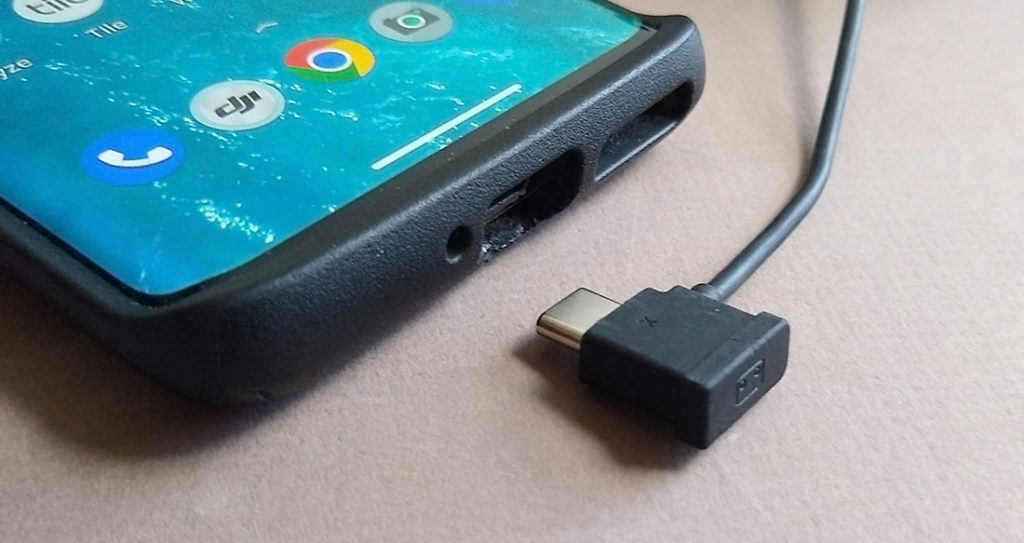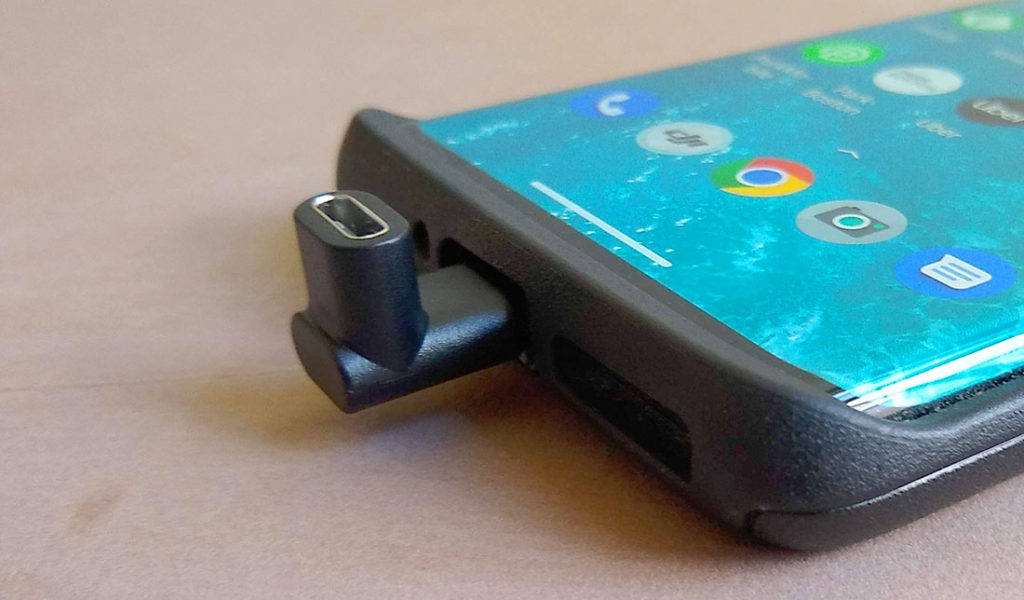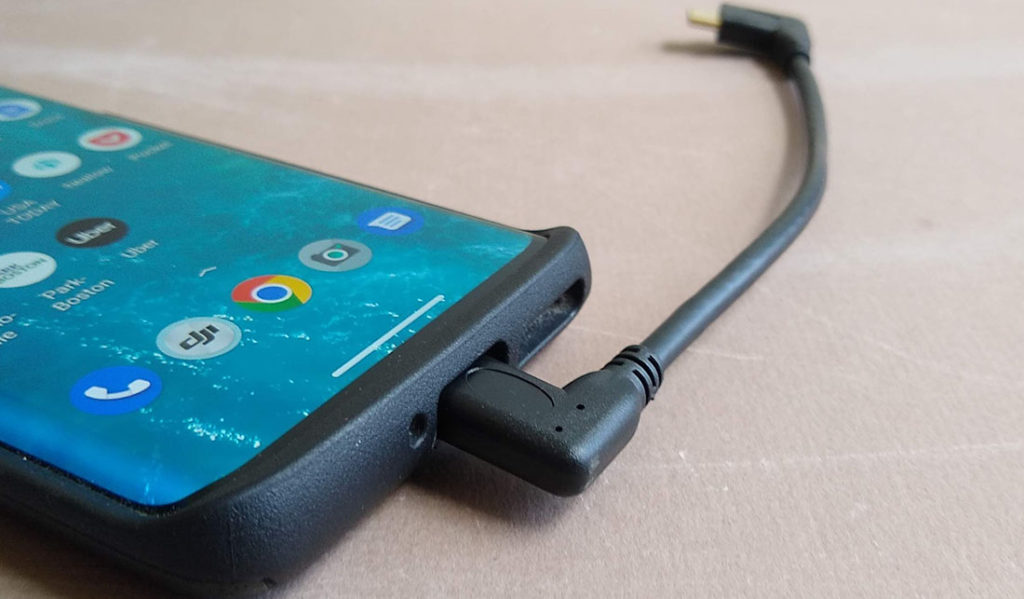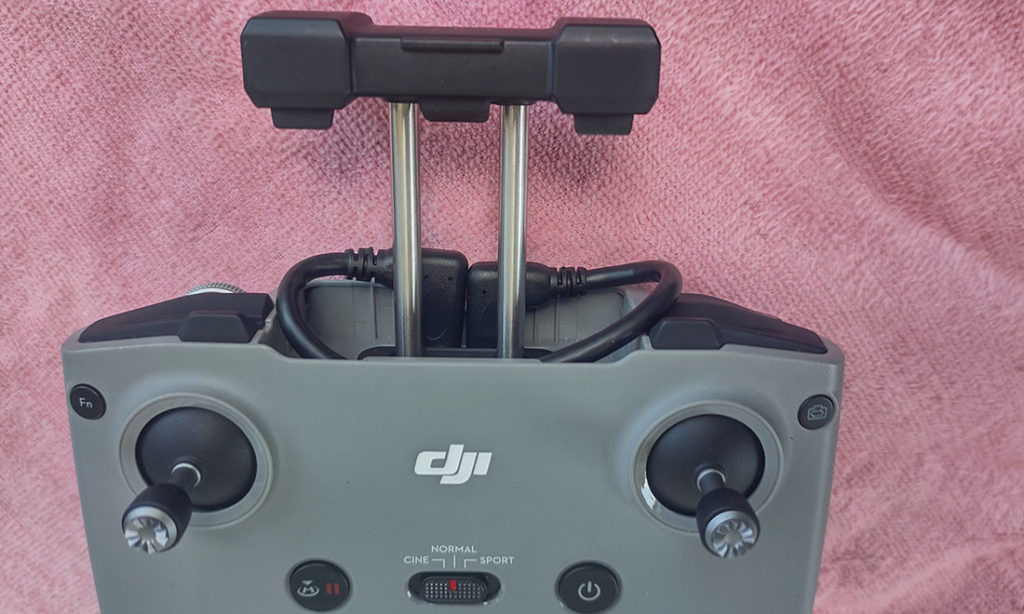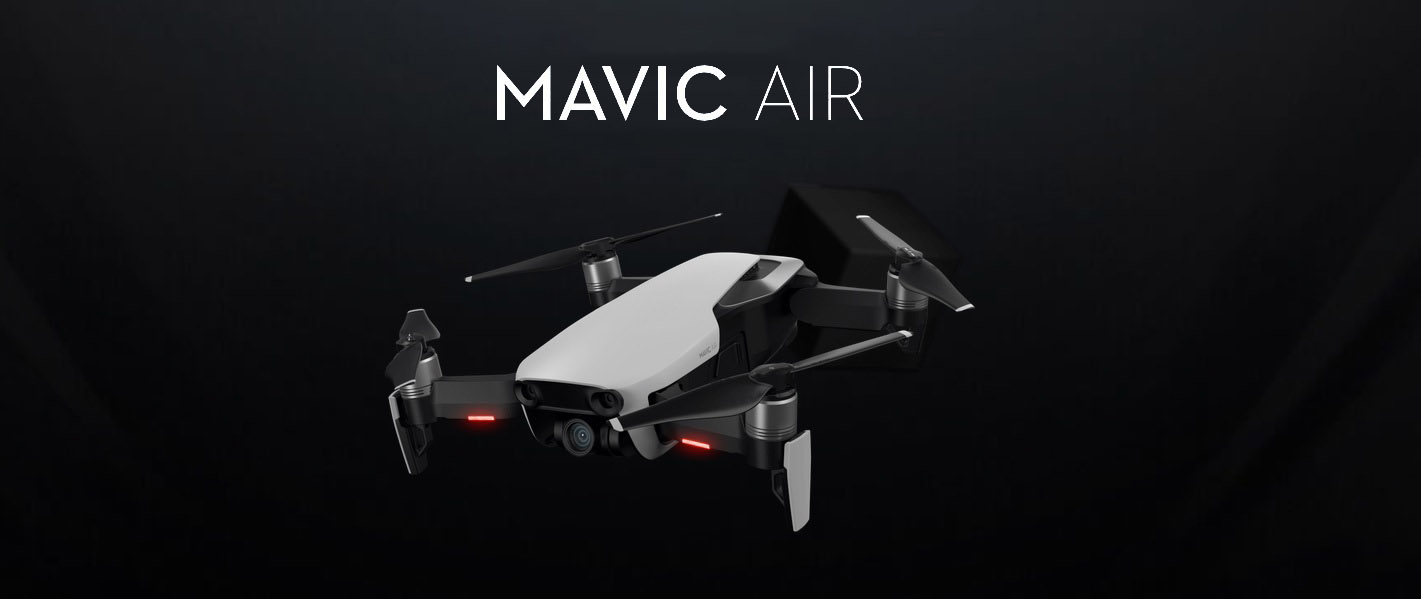October 2024, while I was awaiting the next generation professional camera drone in the Mavic series, DJI instead released the Air 3S, which is considered a “travel drone” because of its size and excellent portability. The long-anticipated Mavic 4 pro is now expected to be released in April 2025. We know that the Mavic 4 is imminent because DJI submitted the product plan with the FCC. And currently, DJI has offered sale pricing for Mavic 3, which likely indicates DJI wants to reduce inventory of the old Mavic in advance of releasing the new Mavic 4.
Rumored features of DJI Mavic 4 pro
- Three cameras (similar to Mavic 3 pro)
- 100-megapixel camera resolution
- Video resolution up to 6K @ 60fps
- Built-in ND filters
- Obstacle avoidance includes LiDAR
- 6645 mAh battery
- Up to 50-minutes of flight on a single battery
- Approximate weight 2.3 lbs (a few ounces more than Mavic 3 pro)
Personally, any aerial drone is a flying camera; I’m always hoping for a better camera. However, I do not currently have a need for 6K video resolution. Beyond that, there are a few features here that would immediately render the Mavic 4 pro as “best in class” aerial camera drone ….
Longer flight time is generally welcomed by everyone. The battery capacity is always an important factor in flight time. Because a larger-capacity battery is commonly a heavier battery, achieving longer flight times is a balancing act and more than a small feat.
Built-in ND filters would be very significant. Today, without this feature, we have to land an aerial drone to physically change the ND filter.
LiDAR is important for obstacle avoidance in low light. I’ve seen one report that LiDAR maybe was planned but subsequently cancelled for Mavic 4; which means nobody knows for certain. The Air 3S is DJI’s first drone to employ LiDAR (for forward-sensing only).
Do not confuse DJI Mavic 4 with DJI Matrice 4. Matrice 4 (released earlier this month) is an enterprise class drone that supports thermal imaging, optional spotlight, and can carry payloads up to 200 g.
